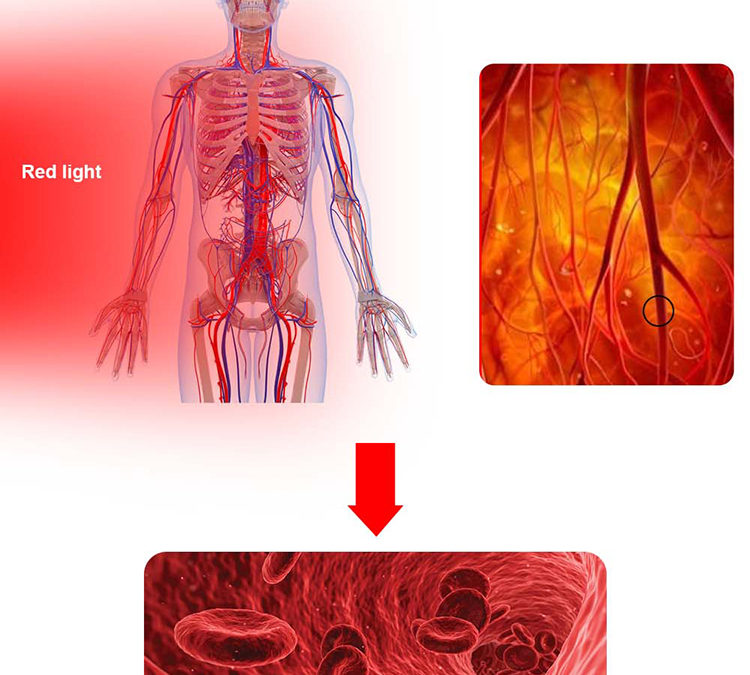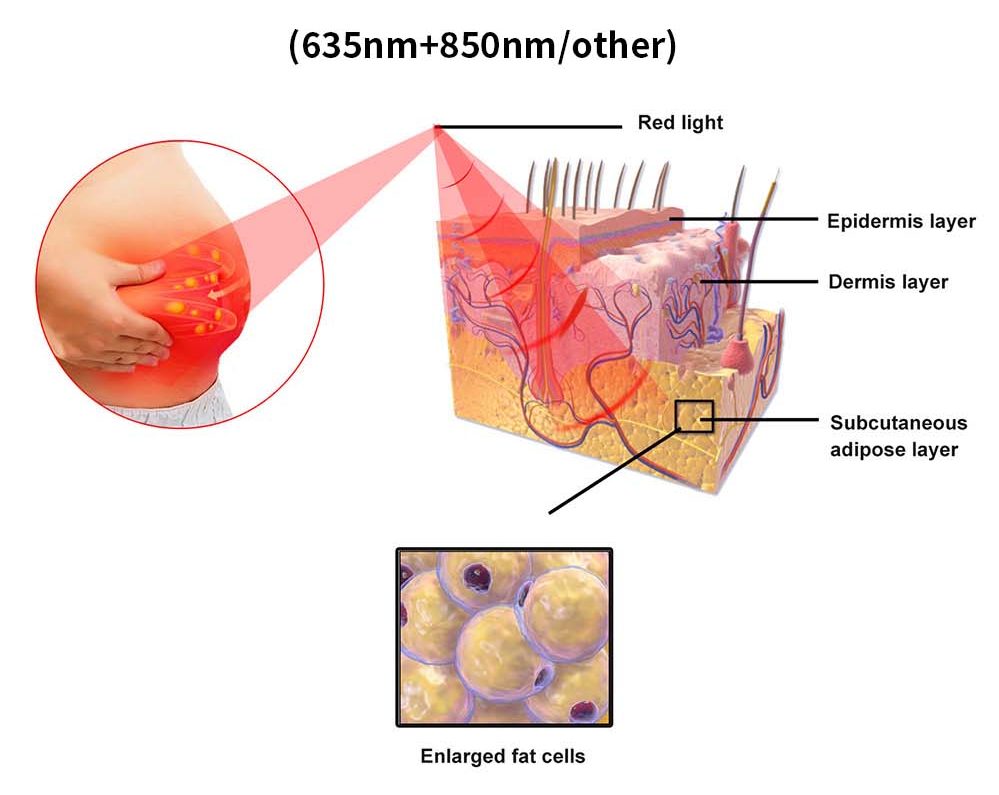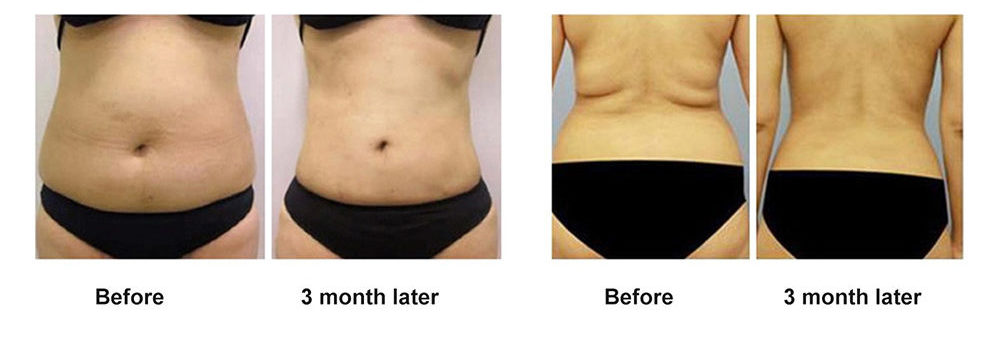
3 Different Types of Stress and How To Manage Effectively
Did you know that nearly 8 in 10 Americans feel stressed weekly? While some amount of stress is a part of everyday life, many people feel overwhelmed. And prolonged stress can be dangerous and cause many different kinds of health issues. If you’ve been feeling stressed lately, now is the perfect time to learn more about it. Check out our guide here about the three types of stress including everything you need to know about acute stress, episodic acute stress, and chronic stress.
Then you can take action and put yourself back on the path to wellness!
What Causes Stress?
First things first: what causes stress? It is your body’s natural reaction to perceived danger–real or imagined. You’re flooded by hormones, and the “fight or flight” response is activated.
Three Types of Stress
Once the stress response in your body begins, there are a few outcomes. Depending upon how long these periods last and how often they occur, there are different types of stress. Read more about acute stress, episodic acute stress, and chronic stress below.
1. Acute Stress
Put simply, acute stress is usually a one-off moment of anxiety. It could be caused by a car accident, an incident at work, or a problem with a family member. While you may experience everything from heart palpitations, sweatiness, indigestion, and other symptoms, it will usually pass when the stress abates.
2. Episodic Acute Stress
Episodic acute stress is similar to acute stress, except that it is recurring. This may be because of repeated work deadlines or other returning stressful events. Depending on their frequency, these can wear you down and result in health issues.
3. Chronic Stress
If you experience constant stress over a prolonged period of time, this is known as chronic stress. Whether it is from daily traffic, stressful work, bad habits, abuse, or other long-term stressors, it can take its toll on both your physical and mental health. It is important to learn how to cope with chronic stress in order to avoid these repercussions.
Treatment for Different Types of Stress
For acute stress and episodic acute stress, you can learn stress-relief techniques or use natural herbs like lavender tea, chamomile tea, or catnip tea to help calm you down and decrease your stress levels. Treatment for chronic stress is a more involved process and can be dealt with professionally. If you’ve been feeling low because of your stress, one avenue to try is to get chiropractic manipulative treatment for depression..
Ready To Get Help for Your Stress?
Now that you’ve learned about the different types of stress, you can be proactive and learn how to treat yours. Whether you suffer from acute stress, episodic acute stress, or chronic stress, it’s important to seek help to manage it. With the assistance of a professional, you can take steps for a more stress-free life.
Do you want to see what chiropractic services can do for you? Then contact us here at Amazing Life Chiropractic and Wellness, and start your journey to better health today. Or ask Alexa, Google, Siri … “Call Amazing Life Chiropractic and Wellness.”








